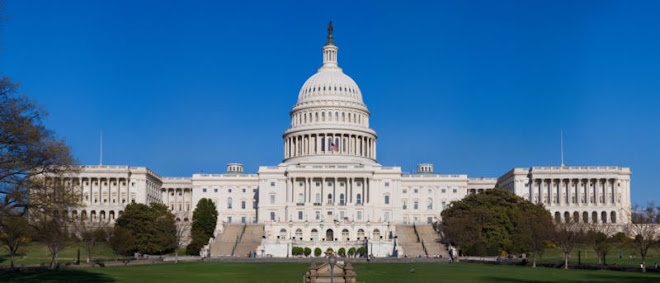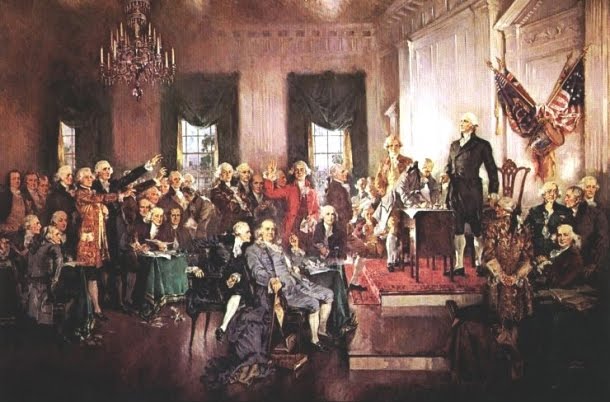from The Heritage Foundation:
Another Public Option? How Many Do We Need?
The public option has reared its head once again. Last week, H.R. 5808 was introduced in the House Ways and Means Committee to add a public option to the Patient Protection and Affordable Care Act (PPACA).
The plan would be administered by the Secretary of the Health and Human Services Department. Payment rates for providers would be set at Medicare rates plus 5 percent and would grow according to increasing physicians’ costs.
The Scoop
VIDEO: Small Business Owners Fight Obamacare in Court
Robert Moffit Weighs in on ObamaCare at Orange County Register
Congressional Report on High-Risk Pools in ObamaCare
In Pictures: Defense Spending Down While Entitlement Spending is Up
The plan would be required to maintain solvency, so premiums would have to cover benefits offered and administrative costs.
Momentarily setting aside the major drawbacks of a public plan, this legislation isn’t necessary—the PPACA already lays the groundwork for a robust public option. The new law will allow the Office of Personnel Management (OPM), which currently oversees federal employees’ health benefits, to administer plans in the exchanges. These plans would be offered by private insurers but run by unelected government officials.
OPM would set benefits, premiums, and medical-loss ratios for these plans, and there’s nothing on the books to stop the agency from modeling the plans after a public option. Worse yet, the PPACA says nothing about any solvency requirements for the OPM-run plans, increasing the likelihood that these plans would require taxpayer bailouts.
The public plan is lauded as a way to increase competition and choice among insurers, but in reality, it wouldn’t accomplish either. Because the government can choose what to reimburse health care providers and private insurers can’t, a government-run health plan will always tilt the playing field.
Just take a look at Medicare and Medicaid, both of which reimburse significantly lower than private insurers. Health care expert James Capretta points out that analysts on both sides of the aisle agree that, when it comes to reducing costs in health care, “the Medicare program, as it operates today, is a primary cause of the cost problem.”
In the case of Medicaid, payments often don’t even cover the overhead of seeing a patient. The only way for providers to break even is to transfer that cost to privately insured patients. This cost shift increases premiums for private coverage.
A public plan would make this phenomenon even more widespread, and as it did so would further squeeze out private insurance. This wouldn’t increase competition at all, and since lower reimbursement rates often mean reduced access to providers under government-run health care, choice can be ruled out, too. As Heritage expert Robert Moffit writes, “There is good reason to believe that a public plan operating within a national health insurance exchange would accomplish the single-payer objective.”










No comments:
Post a Comment